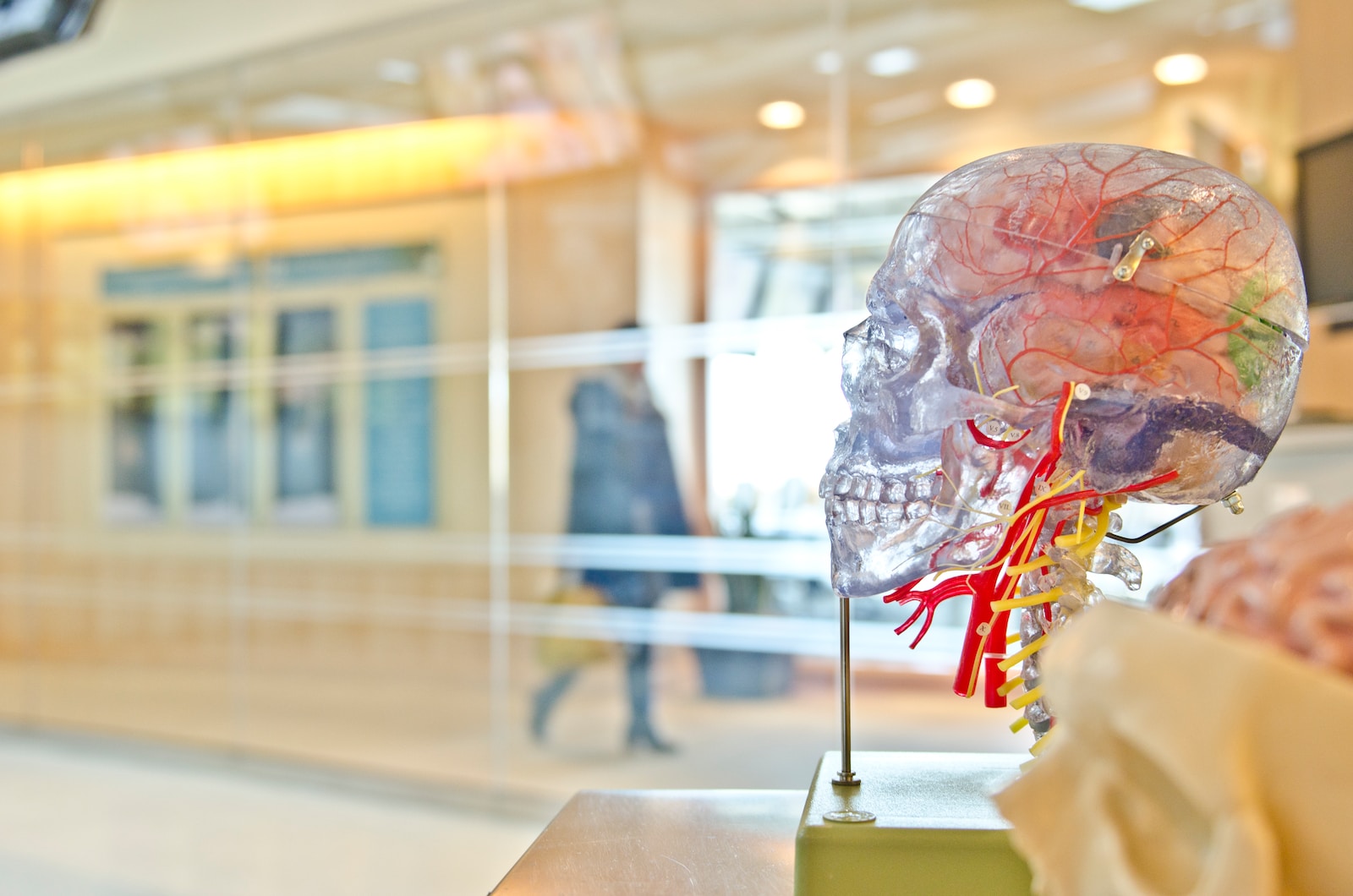
Psychedelic plants and mushrooms have been used for a thousand years. Long part of indigenous medicinal traditions, it wasn’t part of modern research until 1938. In recent years, there has been an explosion in for profit businesses who push for legalization. The Psychedelic Drugs Market is anticipated to reach a valuation of $11.82 billion US by 2029 from $4.87 billion US in 2022.
Veterans of the boom – bust – and sort of boom marijuana industry pivoted starting in 2019 to jump into building psychedelic companies and brands. Investors who have seen slow returns on companies like High Times and Tilray have been wooed into the next big thing which, they say, will have a quicker return.
Now JAMA has tossed cold water on the immediate future for the industry.

RELATED: Science Says Medical Marijuana Improves Quality Of Life
The crux of the issue is the research. Anecdotal information is abudant with millions swearing to the effectiveness of treatment. But that is not science, and there is not data to verify claims. In the 1950-60s there was a period of scientific and cultural exploration. Psychedelic research was slowed significantly decreased starting in the 70s with governmental interventions.

There are issues the recent article in the JAMA that need to be resolved for government always it become fully mainstream. We have highlighted three in this article.
How Reliable Are The Studies?
The double-blinded randomized controlled trial (DB-RCT) remains the gold standard method for determining if an intervention is efficacious. However, psychedelic drugs’ intense psychoactive effects make blinding difficult and render trials susceptible to expectation effects. Psychedelic are very personal so looking at a groups of blind data is very difficult, making it even harder to see trends, patterns, benefits and warnings.
What Are The Risks
The challenges of rigorous trial design and the “moral panic” that accompanied the first wave of psychedelic research make separating the true risks of psychedelic drugs from myth and misinformation difficult. Classic psychedelic drugs cause acute and dose-dependent increases in heart rate and blood pressure, but they do not seem to have significant nonpsychiatric medical risks.4 In terms of psychiatric risks, there is concern that individuals with a diagnosis, or immediate family history, of a psychotic or bipolar disorder may be at increased risk of adverse events (eg, prolonged psychosis), but more research is needed.
Another arguably underappreciated risk of psychedelic therapy concerns the possibility of major life changes after the experience.
What Are the Challenges of Scaling Psychedelic Therapy?
Questions remain regarding the societal impact of psychedelic drugs as they are scaled up from research trials to clinical practice. Another critical issue is the high cost of current psychedelic therapy models, which typically involve 2 clinicians for the 6- to 8-hour dosing sessions, bookended by approximately 10 to 15 hours of talk therapy.
RELATED: Dementia and Marijuana
Anything that is a healthier and a more natural solution for physical and mental ailments is a positive. It is important for global research to invest in solutions that will benefit millions. Equally important is people understand science will make things more effective if allowed to explore and research.





